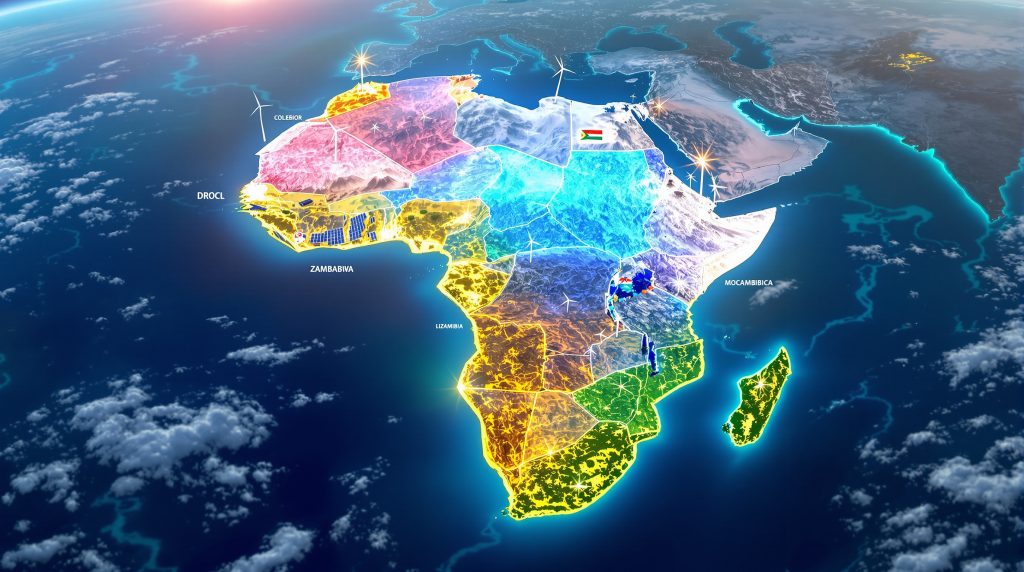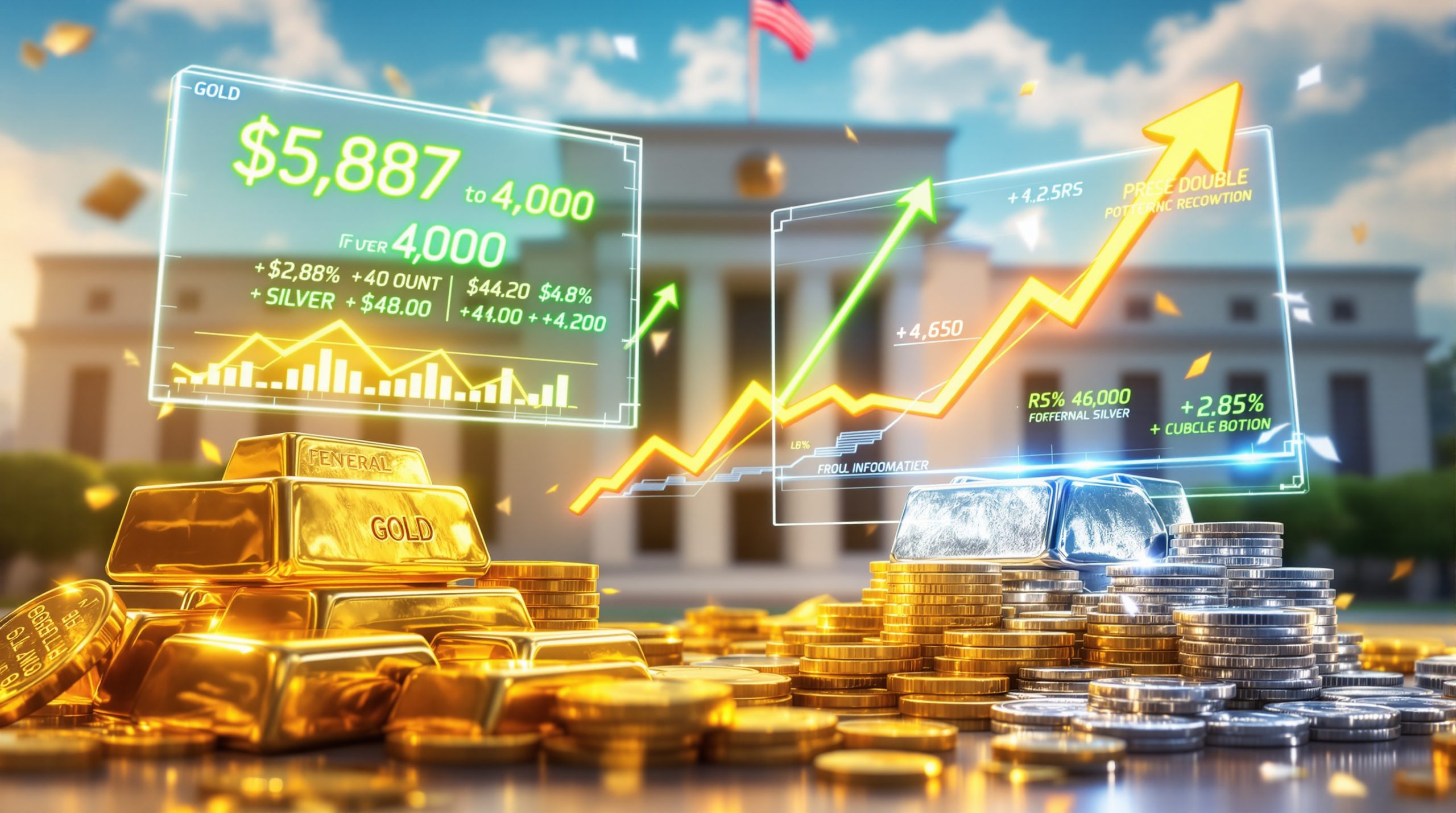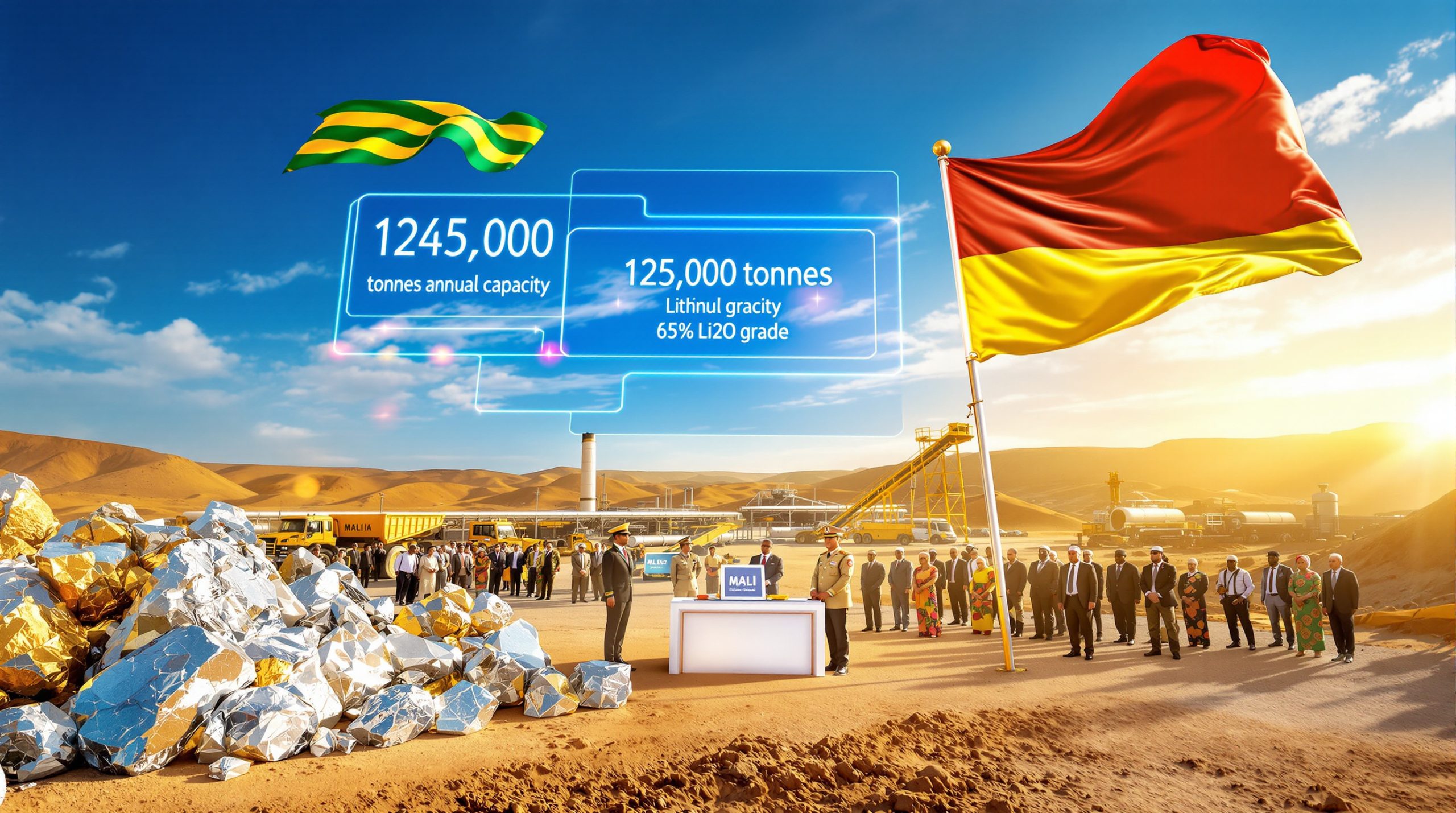Africa's Green Minerals: Balancing Economic Growth with Environmental Stewardship
What Are Africa's Critical Green Minerals and Why Do They Matter?
Africa possesses extraordinary mineral wealth crucial for the global clean energy transition. The continent holds approximately 30% of the world's mineral reserves, including substantial deposits of cobalt, lithium, copper, graphite, manganese, and rare earth elements. These resources form the backbone of renewable energy technologies like electric vehicle batteries, solar panels, and wind turbines.
The Democratic Republic of Congo (DRC) alone contains over 50% of global cobalt reserves, making it indispensable to battery manufacturing. Zimbabwe has emerged as Africa's largest lithium producer, while Mozambique's graphite deposits are among the world's most significant. Countries like Namibia, Tanzania, and South Africa also possess substantial reserves of various critical minerals.
These resources position Africa at the center of the global energy transition, creating unprecedented economic opportunities. According to International Energy Agency projections, demand for these minerals will quadruple by 2040 to meet renewable energy targets.
How Can Green Minerals Transform African Economies?
The green minerals boom offers African nations a pathway to economic diversification and industrialization. Resource-rich countries have the potential to move beyond the traditional extractive model toward higher-value economic activities.
Countries implementing strategic approaches are already seeing results:
| Country | Key Minerals | Strategic Initiatives |
|---|---|---|
| Zimbabwe | Lithium | Restricted raw lithium exports to encourage local processing |
| Namibia | Rare earths, lithium | Developing domestic refining capacity |
| DRC/Zambia | Cobalt, copper | Lobito Corridor initiative for regional battery manufacturing |
These policies align with broader continental frameworks like the African Continental Free Trade Area, which aims to facilitate regional value chains and industrial development. By processing minerals domestically rather than exporting raw materials, African countries can capture a greater share of the estimated $7 trillion global clean energy market.
The economic benefits extend beyond direct mining revenue to include:
- Job creation across skill levels
- Technology transfer and innovation
- Infrastructure development
- Foreign direct investment
- Export diversification
What Environmental Challenges Do Green Mineral Extraction Present?
Despite their role in enabling global decarbonization, mining these minerals creates significant environmental challenges. The irony is striking: materials essential for combating climate change can cause substantial ecological damage during extraction.
Water Resource Impacts
Mining operations, particularly for lithium, require enormous water volumes in often water-stressed regions. In Zimbabwe's lithium mining areas, concerns about water table depletion and contamination have emerged as operations expand.
Land Degradation and Biodiversity Loss
Open-pit mining transforms landscapes and destroys habitats. In the DRC's cobalt mining regions, forest clearing and soil erosion threaten biodiversity hotspots. With over 60% of African GDP dependent on nature, ecosystem damage directly threatens economic sustainability.
Energy-Intensive Processing
Refining minerals like copper and nickel demands significant energy inputs. Without access to renewable energy sources, processing can generate substantial carbon emissions, undermining the "green" credentials of these minerals.
Toxic Waste Management
Improper handling of mine tailings and processing chemicals can lead to soil and water contamination. Historical examples across the continent demonstrate how poor waste management practices can affect communities for generations.
How Are Communities Affected by Green Mineral Mining?
Mining impacts extend beyond environmental concerns to affect local communities directly.
Displacement and Land Rights Issues
As mining operations expand, communities often face displacement from ancestral lands. In Mozambique's graphite mining regions, land acquisition processes have sometimes failed to adequately compensate or relocate affected communities.
Health and Safety Concerns
Artisanal and small-scale mining, which accounts for approximately 20% of the DRC's cobalt production, frequently operates without adequate safety measures. Miners, including children in some areas, face exposure to hazardous conditions and toxic substances.
Uneven Distribution of Benefits
Without proper governance frameworks, mining revenues may not reach affected communities. This creates a "resource curse" dynamic where mineral wealth coexists with persistent poverty in mining regions.
What Governance Models Can Ensure Sustainable Development?
Effective governance is essential to balancing economic benefits with environmental and social responsibilities.
Transparency and Accountability Mechanisms
The Extractive Industries Transparency Initiative (EITI) provides a framework for disclosing resource revenues and contracts. Countries like Ghana and Zambia have made progress implementing these standards, though challenges remain in ensuring complete transparency.
Community Participation in Decision-Making
Successful mining governance requires meaningful community consultation throughout project lifecycles. Free, Prior and Informed Consent (FPIC) principles, when properly implemented, ensure communities have agency in decisions affecting their lands and livelihoods.
Environmental Regulation and Enforcement
Strong regulatory frameworks with robust enforcement capabilities are necessary to prevent environmental damage. Mineral beneficiation in South Africa provides a model for resource governance, though implementation challenges persist across the continent.
How Can Value Addition Transform the Green Minerals Sector?
Moving beyond raw material extraction to processing and manufacturing represents Africa's greatest opportunity in the green minerals sector.
Local Processing and Refining
Developing domestic processing capacity allows countries to capture more value from their resources. The African Development Bank and Afreximbank are mobilizing financing for processing facilities in several countries, including a lithium conversion plant in Zimbabwe.
Battery Manufacturing Initiatives
Regional initiatives like the DRC-Zambia battery precursor project aim to establish battery component manufacturing. These efforts could position Africa as a key node in global battery supply chains rather than merely a source of raw materials.
Technology Transfer and Skills Development
Partnerships with international firms can facilitate technology transfer and workforce development. Technical training programs in countries like Rwanda and Namibia are building local capacity to participate in higher-value activities.
What Role Can International Partnerships Play?
The global nature of mineral supply chains necessitates international cooperation to ensure sustainable development.
Responsible Sourcing Initiatives
Frameworks like the OECD Due Diligence Guidance for Responsible Supply Chains help ensure minerals are sourced ethically. Companies increasingly face pressure from consumers and regulators to verify their supply chains are free from human rights abuses and environmental damage.
Development Finance for Sustainable Projects
International financial institutions and development banks are creating specialized financing mechanisms for sustainable mining projects. The Climate Investment Funds' sustainable mining transformation initiatives support projects that minimize environmental impacts while maximizing economic benefits.
Technology and Knowledge Sharing
Technical assistance programs can help African countries develop regulatory capacity and technical expertise. The World Bank's Climate-Smart Mining initiative provides support for governance frameworks and environmental management systems.
How Are African Countries Developing Green Mineral Strategies?
Several African nations have developed comprehensive strategies to maximize benefits from their mineral resources while minimizing negative impacts.
National Resource Development Plans
Countries like Ghana, South Africa, and Namibia have integrated green minerals into their national development strategies. These plans typically emphasize value addition, environmental protection, and community benefits.
Regional Coordination Efforts
The African Union's African Mining Vision provides a continental framework for sustainable resource governance. Regional economic communities like SADC and ECOWAS are working to harmonize mining policies and facilitate cross-border value chains.
Balancing Foreign Investment with National Interest
Countries are increasingly negotiating more favorable terms with international mining companies. These agreements often include local content requirements, revenue-sharing provisions, and environmental commitments.
What Innovations Are Making Mining More Sustainable?
Technological innovations offer pathways to reduce mining's environmental footprint.
Energy-Efficient Extraction Methods
New technologies can reduce energy consumption in mining operations. Solar-powered mining equipment is being deployed in sun-rich African countries, reducing both carbon emissions and operational costs.
Water Conservation Techniques
Closed-loop water systems and dry processing methods can significantly reduce water consumption. Recent lithium extraction innovation developments are particularly important in water-stressed regions where mining competes with agriculture and community needs.
Mine Rehabilitation and Circular Economy Approaches
Mine reclamation innovations allow for ecosystem restoration during and after mining operations. Additionally, recycling and urban mining initiatives can reduce pressure for new extraction by recovering minerals from discarded electronics and batteries.
What Does the Future Hold for Africa's Green Minerals?
The trajectory of Africa's green minerals sector will depend on policy choices made today.
Scenarios for Development
Three potential paths emerge:
-
Business-as-usual extraction: Continued raw material export with limited local value addition and environmental protection
-
Sustainable value addition: Development of processing capacity with strong environmental and social safeguards
-
Regional industrial integration: Coordinated development of regional value chains supported by AfCFTA implementation
The second and third scenarios offer the greatest potential for balanced economic and environmental outcomes.
Emerging Trends to Watch
Several trends will shape the sector's development:
- Growing emphasis on ESG (Environmental, Social, and Governance) performance in investment decisions
- Increasing consumer demand for responsibly sourced materials
- Development of alternative battery chemistries that may affect demand for specific minerals
- Climate change impacts on mining operations and water availability
How Can Africa Avoid the Resource Curse?
The "resource curse" has plagued many African economies, where mineral wealth coexists with persistent poverty and environmental degradation.
Diversification Beyond Extraction
Countries can use mineral revenues to invest in economic diversification. Botswana's management of diamond revenues to develop other economic sectors provides a model for green mineral-rich nations.
Sovereign Wealth Funds and Intergenerational Equity
Establishing sovereign wealth funds can help manage resource revenues for long-term benefit. These funds can invest in infrastructure, education, and other sectors while preserving wealth for future generations.
Transparent Revenue Management
Clear systems for collecting and distributing mining revenues are essential. Digital tracking systems and public disclosure requirements can reduce corruption and ensure benefits reach affected communities.
Conclusion: Balancing Prosperity and Protection
Africa's green minerals present both extraordinary opportunity and significant risk. The global energy transition cannot succeed without Africa's resources, giving the continent unprecedented leverage to demand better terms for resource extraction.
By prioritizing local value addition, environmental protection, and community benefits, African countries can transform their mineral wealth into sustainable development. This requires strong governance, regional cooperation, and innovative approaches to mining and processing.
The path forward is not without challenges, but with strategic policy choices, can africa's green minerals power growth without harming the environment? The continent stands at a crossroads—with the potential to become not just a source of raw materials, but a key player in the global clean energy economy.
FAQ Section
Q: Which African countries have the largest reserves of green minerals?
A: The Democratic Republic of Congo leads in cobalt reserves (over 50% of global supply), while Zimbabwe, Namibia, and Mali have significant lithium deposits. South Africa holds substantial manganese and platinum group metals, and Mozambique has world-class graphite resources. Recent announcements of a uranium mining halt in Namibia highlight the dynamic nature of the sector.
Q: How can mining operations reduce their environmental impact?
A: Mining companies can implement renewable energy systems, water recycling technologies, progressive land rehabilitation, and tailings management best practices. Additionally, comprehensive environmental impact assessments and continuous monitoring help prevent and mitigate damage.
Q: What benefits do local communities receive from mining operations?
A: When properly managed, communities can benefit through employment opportunities, infrastructure development, community development funds, and improved public services funded by mining revenues. However, these benefits often require strong governance frameworks and community agreements.
Q: How can consumers ensure the minerals in their devices are responsibly sourced?
A: Consumers can look for products from companies that participate in responsible sourcing initiatives, publish supply chain information, and obtain third-party certifications. Growing pressure from consumers has led many technology companies to improve supply chain transparency.
Ready to Discover the Next Major Mineral Opportunity?
Stay ahead of the market with Discovery Alert's proprietary Discovery IQ model, which instantly transforms complex mineral data into actionable investment insights across Africa's green minerals sector and beyond. Explore why historic discoveries generate substantial returns by visiting Discovery Alert's dedicated discoveries page.



